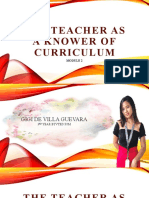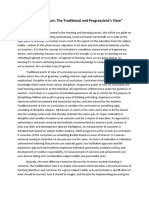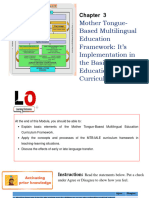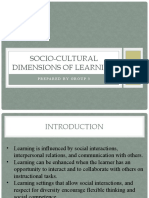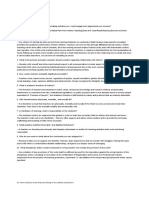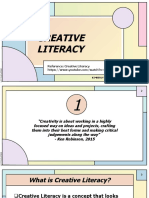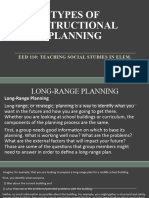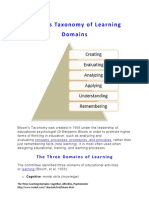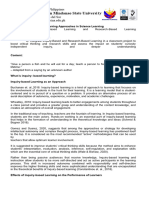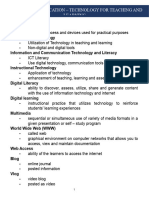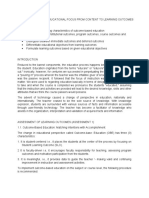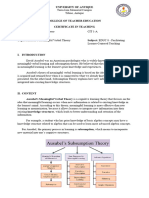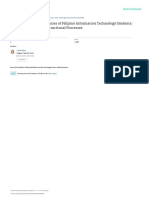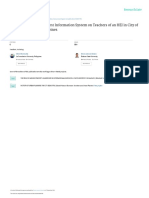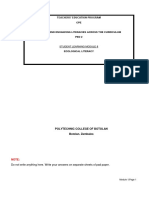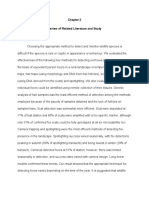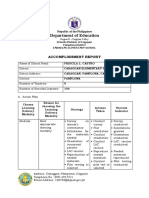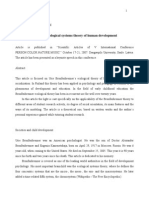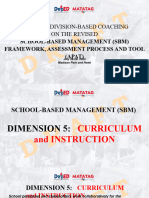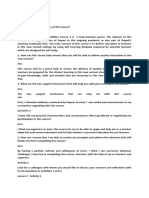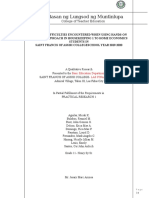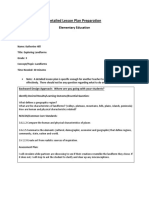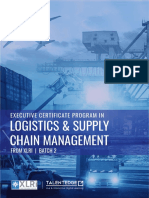100% found this document useful (2 votes)
2K views2 pagesThe Function of Content
Content can come in various forms such as audio, text, and video. It is meant to inform, entertain, enlighten or teach people. Current research shows content should be used less to cover material and more to develop individual understanding. Teachers should allow students to generate their own questions and solutions. Content must account for learner needs and the learning environment. To facilitate real learning, teachers should understand student prior knowledge and design activities to change preconceptions. Content aims to help organize material, show relationships, provide a basic understanding, and furnish valuable information. It also aims to entertain, inspire, educate, and convince audiences. Content should align with curriculum goals, respond to learner needs, include cognitive and affective elements, and facts
Uploaded by
Like ItCopyright
© © All Rights Reserved
We take content rights seriously. If you suspect this is your content, claim it here.
Available Formats
Download as DOCX, PDF, TXT or read online on Scribd
100% found this document useful (2 votes)
2K views2 pagesThe Function of Content
Content can come in various forms such as audio, text, and video. It is meant to inform, entertain, enlighten or teach people. Current research shows content should be used less to cover material and more to develop individual understanding. Teachers should allow students to generate their own questions and solutions. Content must account for learner needs and the learning environment. To facilitate real learning, teachers should understand student prior knowledge and design activities to change preconceptions. Content aims to help organize material, show relationships, provide a basic understanding, and furnish valuable information. It also aims to entertain, inspire, educate, and convince audiences. Content should align with curriculum goals, respond to learner needs, include cognitive and affective elements, and facts
Uploaded by
Like ItCopyright
© © All Rights Reserved
We take content rights seriously. If you suspect this is your content, claim it here.
Available Formats
Download as DOCX, PDF, TXT or read online on Scribd
/ 2
